Ask any UX designer and they’ll tell you right off the bat: some interface elements are immediate turnoffs to customers.
You could have the sleekest, most professional website in the world, but if it’s not equipped with the right features, it won’t create loyal customers.
Our team at Design Staff has spent years learning to create a superb UX design, and we’ve seen what works – and what doesn’t. If you want to generate a positive customer experience on your site, you have to follow a careful strategy.
To help your company out, we’ve compiled a list of the top 10 UX design mistakes to avoid. All of these elements can quickly translate to a poor customer experience, especially without assistance from a trained UX designer.
1. Subpar Mobile Responsiveness
Nowadays, the customer journey almost always begins on a mobile device. In 2023, an estimated 57% of worldwide website traffic comes from mobile devices.
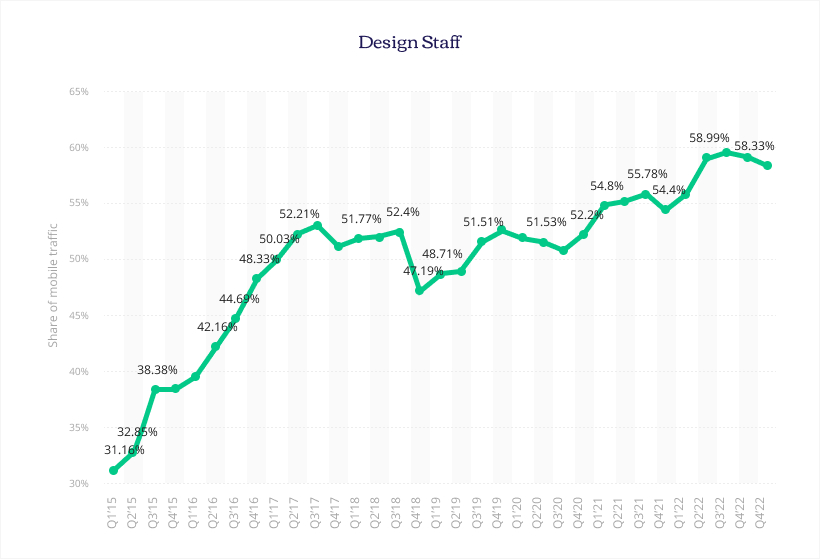
In other words, if people are going to look for your company online, they could very well do so from a cell phone or tablet.
That’s why any UX designer will tell you that a mobile-friendly web design is non-negotiable. Your mobile visitors need to have an enjoyable experience on every page, and more importantly, they need to be able to find precisely what they’re looking for.
Long gone are the days in which customers gave some grace to slow mobile pages. Now, they expect seamless interactions and split-second loading speeds. Your website’s user interface needs to draw users back, again and again, rather than send them running for the hills.
If you haven’t already, now’s the time to prioritize a mobile-friendly UX design. Focus on ensuring your pages are quick to load, easy to scroll, and fully optimized for thumb-tapping.
2. Cluttered Layout
Have you ever walked into a physical store, only to be overwhelmed by disorganization and chaos? It’s not a fun experience, and chances are, you won’t return to that store again.

The same concept applies to website design. If a visitor comes across your website, only to be inundated with distracting images and flashing pop-up ads, they’ll likely leave. We’ve seen many websites that put a halt to the customer journey with too much clutter.
There’s a reason every talented UX designer works in site maps: they want to create a layout that facilitates a great customer experience. That means strategically planning out pages, features, visual designs, and graphic details.
UX research shows that up to 42% of people will leave a website due to poor functionality. They don’t want to spend time on a site that is cluttered and hard to use. Instead, they’ll leave for a website that has more organized, beneficial interactive elements.
If your company is seeing high bounce rates and low conversions, your website’s graphic design or layout could be the culprit. Try seeking customer feedback to learn what the issue is, and if necessary, take a step back in the design process to de-clutter.
3. Poor Readability
Trust us: if this blog post was difficult to read, you wouldn’t have made it this far.
For a user to have a positive experience on your site, typography needs to be a part of your design process. Poor typography on a website can refer to a number of issues, including…
- Unreadable fonts
- Overly long lines of text
- Poor color choices
- Excessive use of bold or Italics
- Messy line spacing (leading)
- Inconsistent font types or sizing

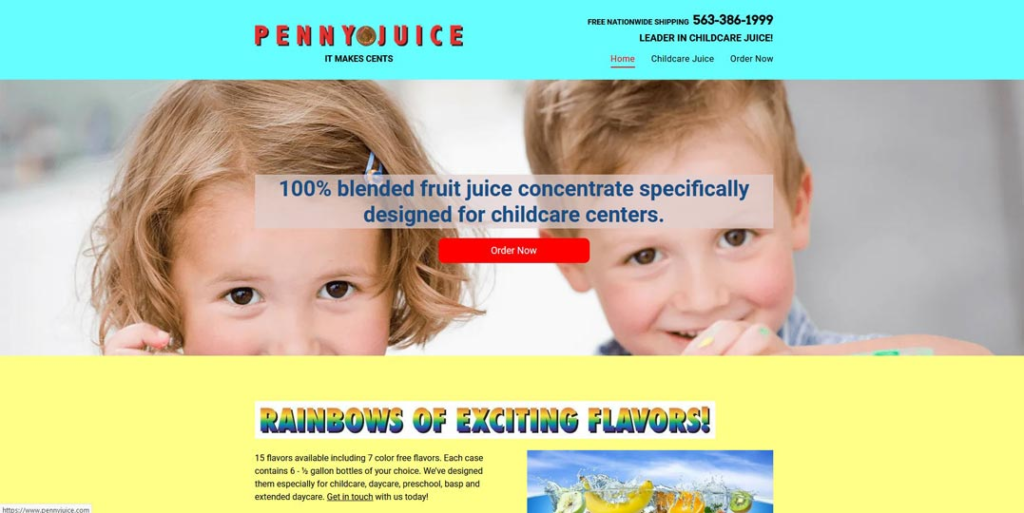
All of these readability concerns can dramatically impact your website’s UX design, as well as customer experiences.
Focus on making sure each page is legible and easy to scan. If you’re struggling to convert customers, UX designers will always recommend ensuring your messages are clear – and that starts with making sure they’re actually readable.
4. Inconsistent Branding
Every aspect of your website should align with your business goals. From your visual design to your copy, your UX design needs to be cohesive and representative of your brand image.
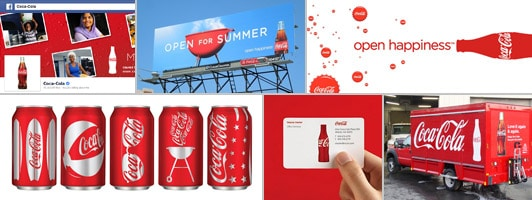
Design inconsistency isn’t just detrimental to your company image – it can prevent users from having a positive customer experience. Disjointed messaging or a clashing visual design can trigger a lack of trust, making users reconsider your brand’s credibility.
That’s why our UX designers always begin their design process by establishing a brand identity. When you create a solid brand guide and vision, you’re better able to ensure your website leaves a lasting, consistent impression on visitors.
5. Confusing Menu Structure
Your website can only offer so much functionality if its navigation is terrible. To achieve high customer satisfaction, you need a UX design that helps people find exactly what they need (or want) in a matter of seconds.
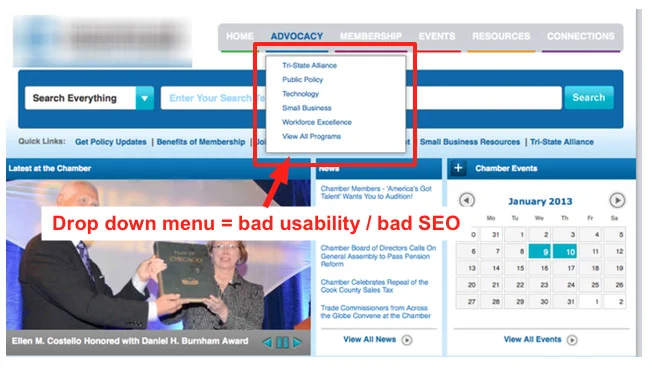
Your navigation menu serves as a roadmap for users to find your company’s products, features, and services. If the site offers poor search functionality, or even worse, doesn’t offer any kind of directional menu, it’s likely not going to offer a great customer experience.
Professional UX designers have the job of ensuring that when a user interacts with a navigation menu, they can find the specific page they need almost instantly. This means avoiding unclear labels, excessive categories, or unintuitive organization structures.
The bottom line is that your website will achieve higher rates of customer satisfaction if it’s simply easier to navigate. A confusing menu structure might as well be a gaping hole in your site’s map.
6. Outdated Content
Many people fail to think of content as one of the elements of UX design, but it is. If people arrive on your site, only to find inaccurate, old, or irrelevant content, they’re simply not going to have a positive experience.
Whether it’s obsolete product details or outdated blog posts, stale content diminishes the credibility of your company and may lead users to question the reliability and value of the entire website.
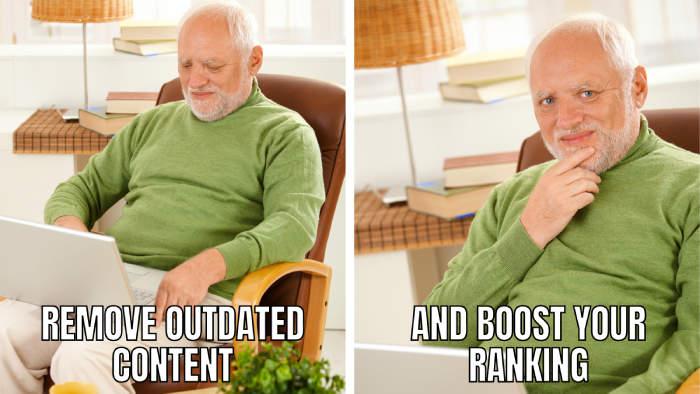
That’s why new content should always be a top priority. Take time to create fresh blog posts and update existing ones. Keep up with the latest content requirements set by search engines, and have a UX designer provide recommendations on updates after collecting customer feedback.
Content is still king in the world of marketing. Don’t underestimate its impact on user experiences, as well as your ability to rank well with search engines like Google.
7. Broken Links
Few things tarnish a UX design more than broken or outdated links. When users click on a button or link on your website, they expect to be taken to the correct page. If they’re not, they’ll likely question your site’s maintenance and reliability – and bounce away.
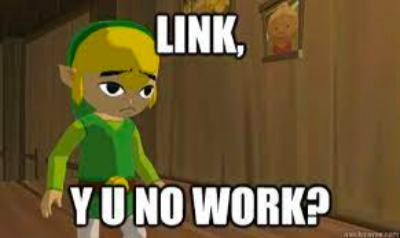
Furthermore, broken links can harm search engine rankings, as algorithms tend to favor websites with robust, error-free structures. To meet both search engine and customer expectations, you need to ensure your internal and external links are frequently checked and updated.
If you feel like that sounds like a time-consuming headache, well, you’re not entirely wrong. That’s why many companies outsource the task to a UX designer. They’ll ensure any links on your website are still offering value to users. If they’re not, they’ll remove them – before they can make your UX seem sloppy or ill-maintained.
8. Missing Contact Information
We’ve all been there before – looking for ways to contact a company or learn about their corporate leaders, but to no avail. There’s no contact form, no phone number, no physical address.

That certainly doesn’t contribute to an excellent UX design or experience. Real users are likely to abandon your website in frustration if they can’t find a way to get in touch with your team.
From a digital marketing perspective, contact information is a critical conversion point. It provides users with the confidence that they can reach out for support or inquiries – but only if they know where to find the information on any given page.
To maintain a high level of customer satisfaction, work with UX designers to make your contact information easy to find. An easy design solution is to prominently display the info at the bottom or top of the page, where any user will know to look.
9. Frustrating Checkout Process
It doesn’t matter if your customer is buying a physical product or an intangible service: their entire journey culminates on the checkout page. Therefore, a streamlined purchase process is arguably the most critical key to creating a great customer experience.
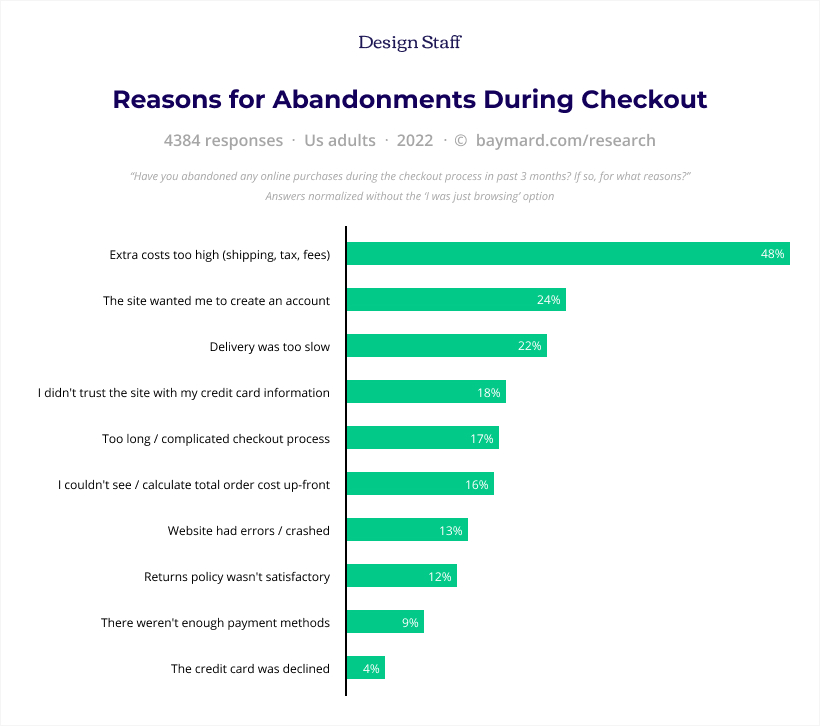
The average user needs to be able to check out quickly and without confusion. That means avoiding…
- Overly lengthy forms
- Excessive checkout steps
- Surprise fees or shipping costs
- Forced sign-ins
- Glitchy or insecure payment systems
Any of these issues can contribute to high customer churn and low conversion rates. That’s why so many UX designers spend extra time ensuring the checkout page offers a streamlined payment process and a truly enjoyable user experience.
If your site is pulling in plenty of organic traffic, but experiencing high departure rates on the checkout page, it might be worth seeking some customer feedback. Learn what’s making the experience frustrating and what features you can add or change to improve it.
10. Annoying CTA Placement
Last but not least in the UX design process, you need to think about how you’re incorporating your calls-to-action (CTAs). An irritating “buy now!” button or instructive “click here!” can easily disrupt user experiences, resulting in a negative perception of your company or site.
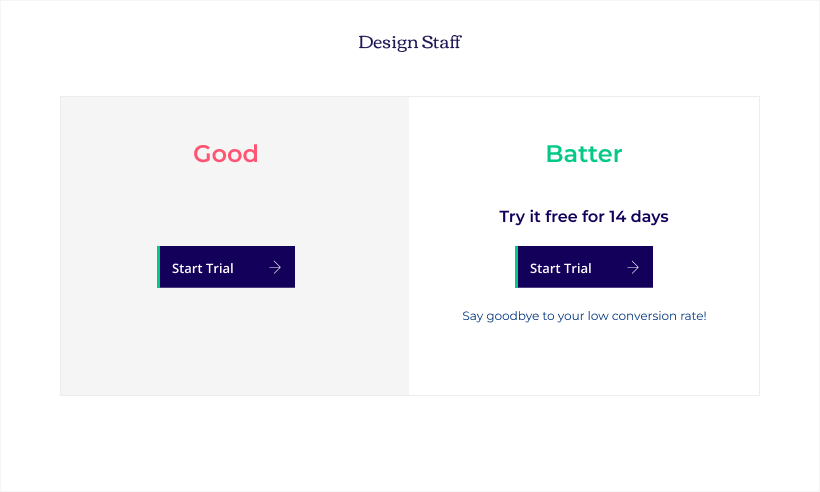
Instead, you want your CTAs to fit seamlessly into the other interface elements on your site. You don’t want them to interrupt your customer’s experience, but rather to fit into it organically and helpfully.
This is another department in which it’s helpful to have input from a professional UX designer. It’s their job to know where to place everything on your web page for the best results, from banner ads to images and CTAs.
If you’re experiencing low conversion rates, talk to an expert about implementing design solutions to make CTAs visible and enticing, without detracting from the overall UX design.
Let Us Help You Improve Your UX Design
At Design Staff, we’re here to oversee the entire process of improving your website’s UX design. We pride ourselves on helping clients create great customer experiences through websites that fit seamlessly into the customer journey.
Not sure where your website’s pain points lie? Our UX designers will conduct an audit to determine how we can best improve overall satisfaction on your site.
Schedule a FREE strategy call with a web designer on our team to discuss vital elements of UX design for your site. We’re here to help you improve your visual design, create a winning user experience, and work toward more conversions.


